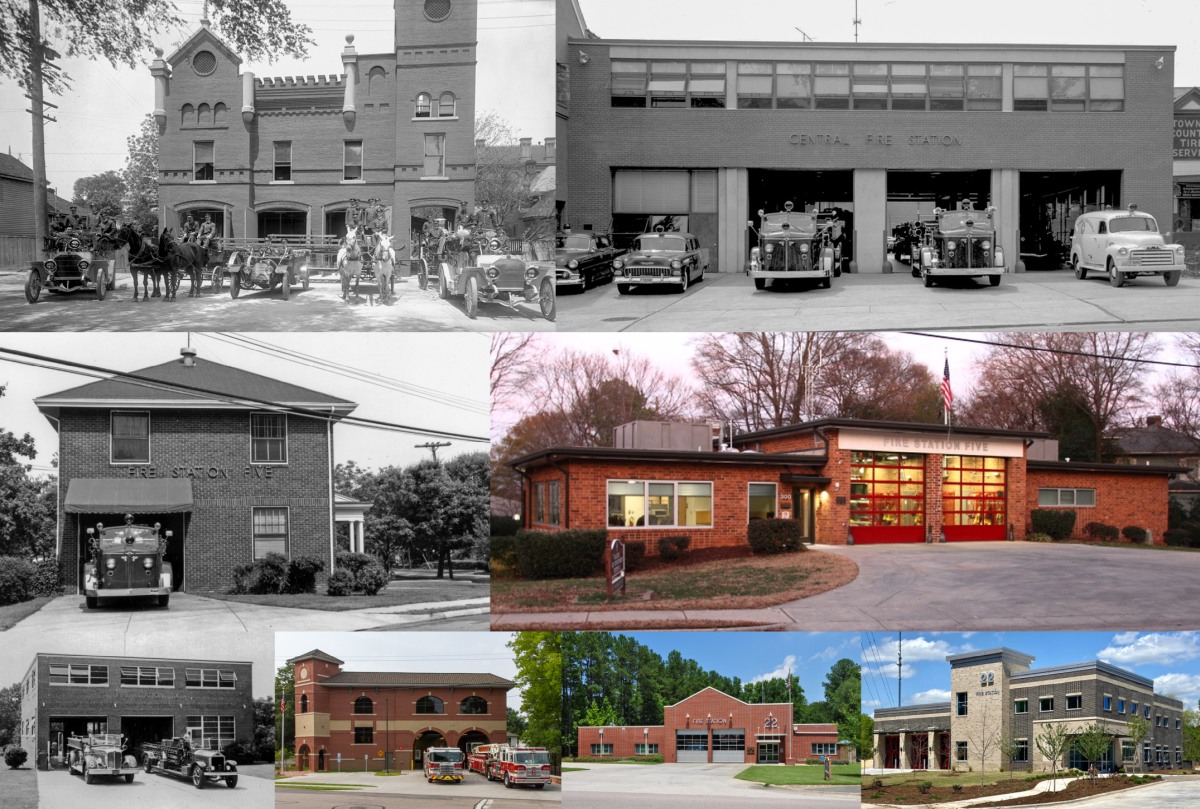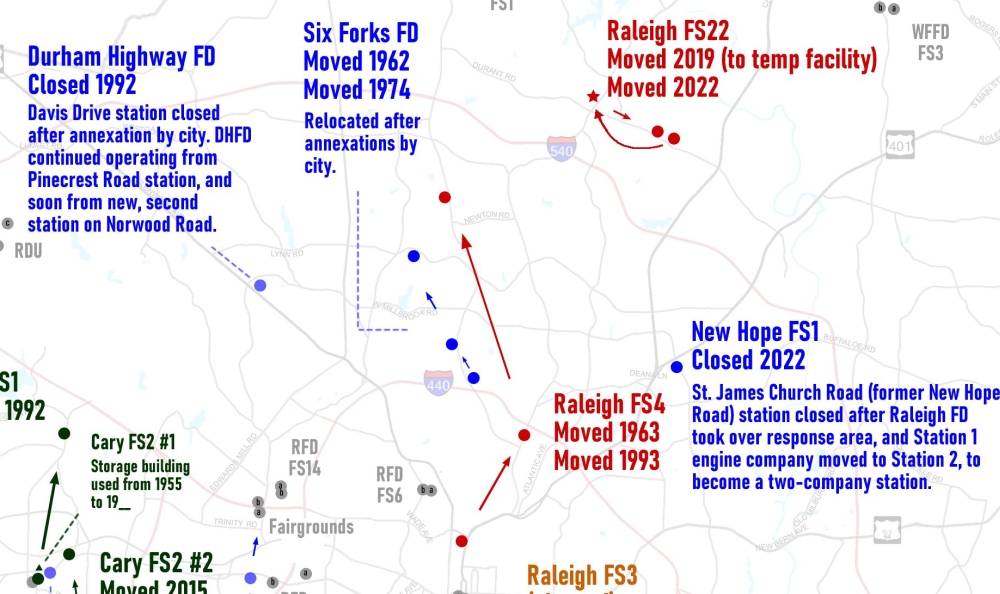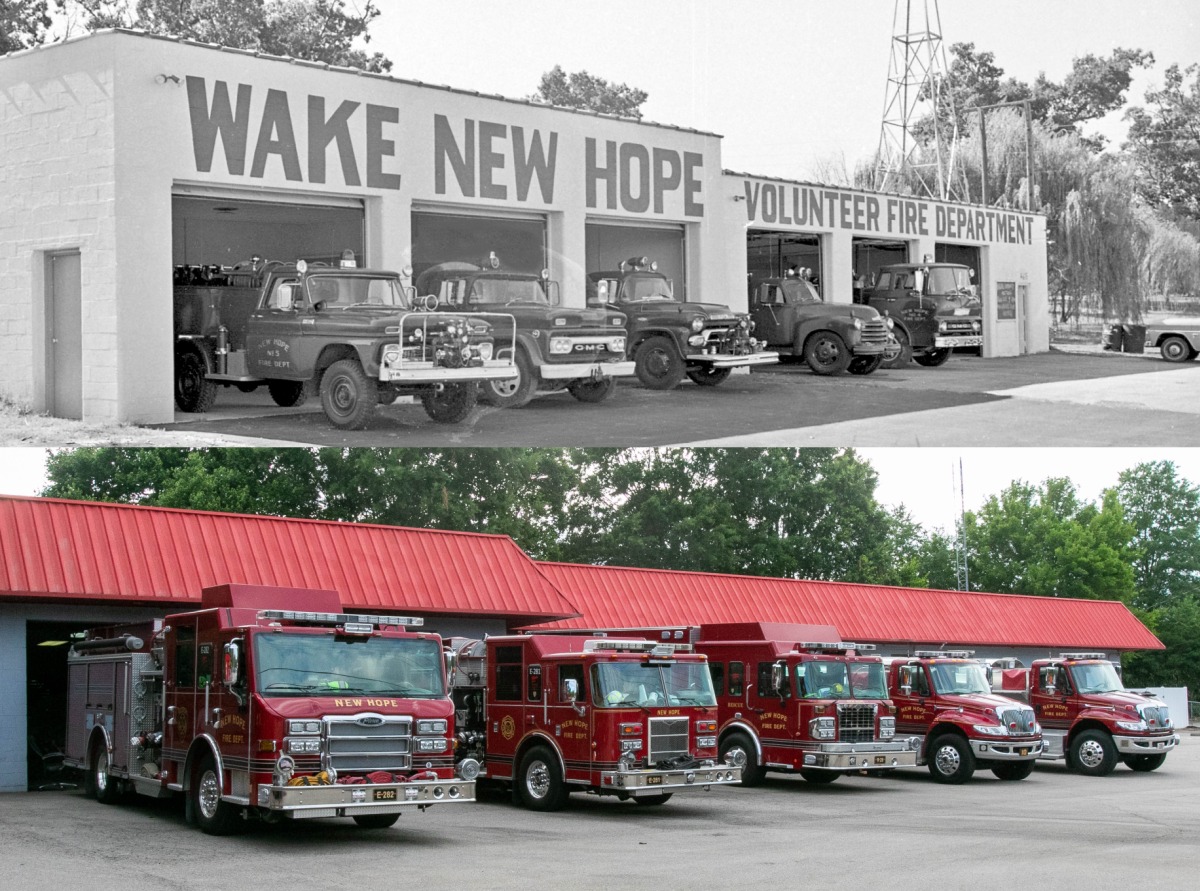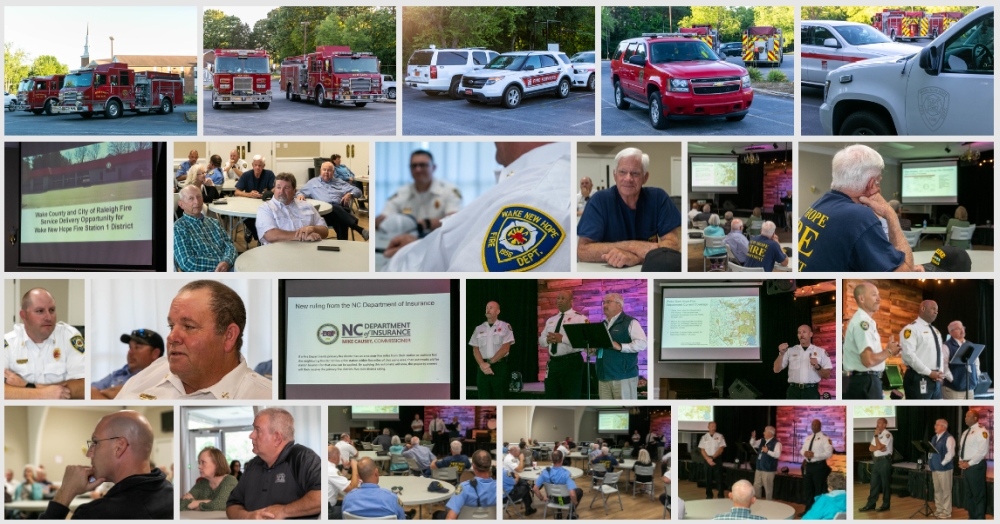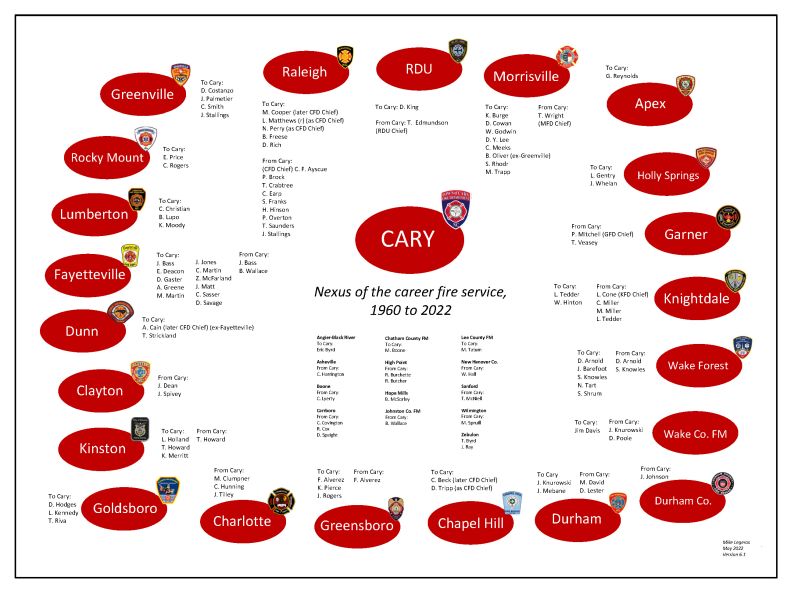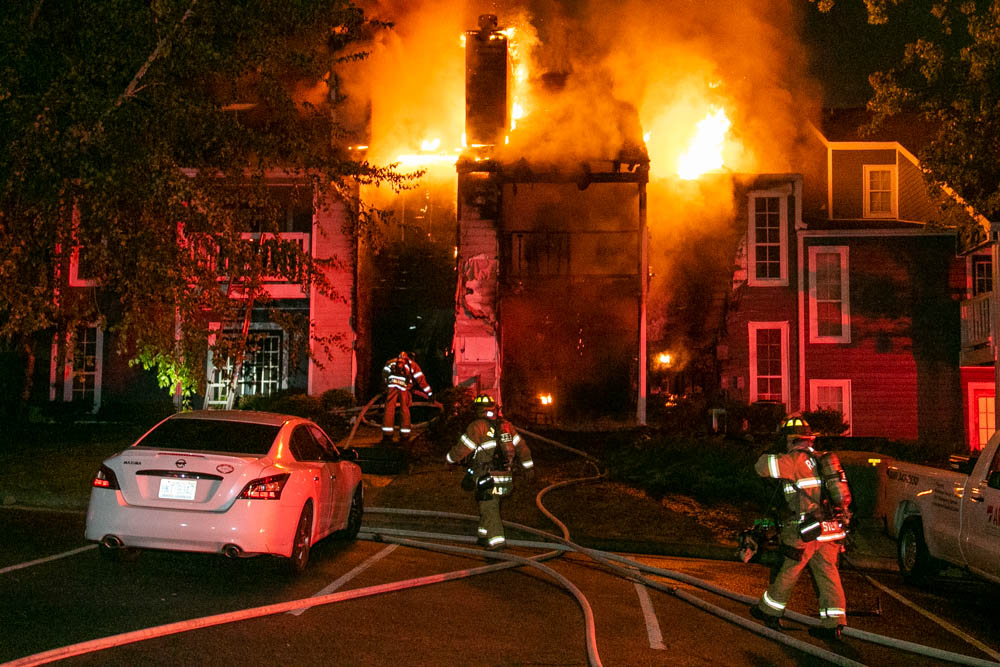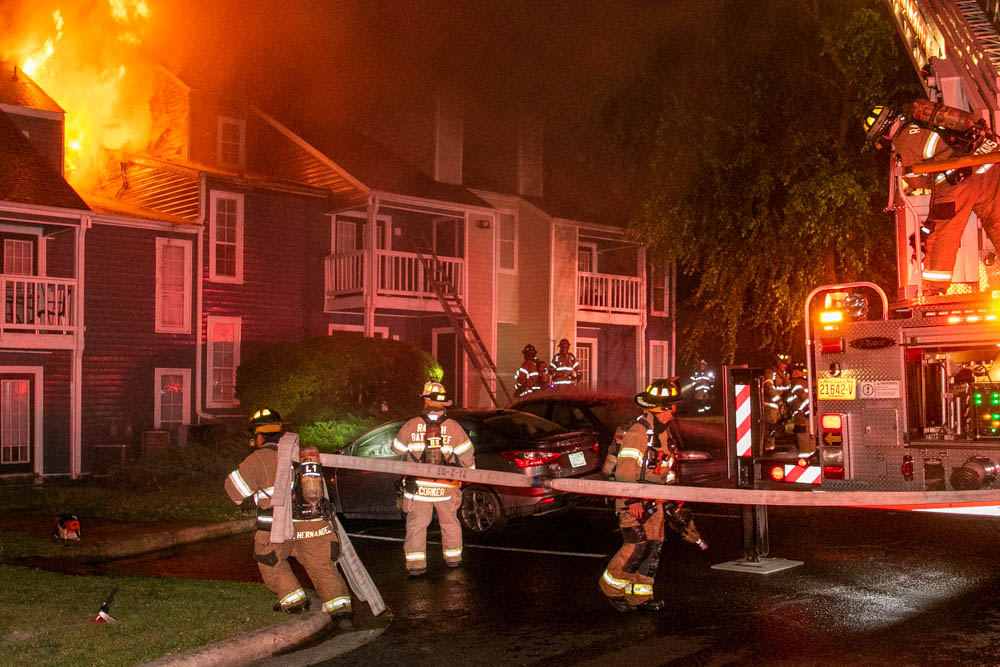This is a blog version of an earlier Facebook posting.
Random Raleigh history. How many battalion chiefs have served the department, since the position was created (as District Chief) in 1971? By my count, the total is 92. < And expands to 93 this month, with the promotion of D. M. Ali.
1 – H. Y. Altman
2 – C. J. Atkins
3 – R. C. Atkinson
4 – G. R. Bagwell
5 – E. H. Beasley
6 – D. C. Blackwood
7 – D. W. Boyette
8 – G. R. Bridges
9 – P. J. Brock
10 – K. S. Capps
11 – L. V. Choplin
12 – W. H. Clifton
13 – K. L. Coppage
14 – S. J. Corker
15 – R. D. Davis
16 – D. L. Deyo
17 – J. A. Ennis
18 – J. P. Fanning
19 – E. F. Fowler
20 – L. T. Frazier
21 – D. B. Gardner
22 – W. P. Gaster
23 – W. T. Gautier
24 – C. K. Gibbons
25 – W. N. Glover
26 – W. B. Hamilton
27 – E. D. Harris
28 – J. L. Harrison
29 – B. R. Harvey
30 – M. T. Hayes
31 – F. C. Hicks
32 – F. C. Hobson
33 – K. T. Hocutt
34 – R. T. Hodge
35 – T. W. House
36 – J. H. Hunnicutt
37 – L. P. Johnson
38 – P. D. Johnson
39 – R. R. Johnson
40 – R. E. Keith
41 – C. E. Kelley
42 – R. K. Lane
43 – A. E. Lynn
44 – W. R. Mabrey
45 – P. B. Marks
46 – D. C. Marshall
47 – E. M. Martin
48 – C. T. May
49 – F. G. McLaurin
50 – R. L. Mitchell
51 – R. D. Mizell
52 – J. T. Owens
53 – J. G. Pace
54 – S. R. Page
55 – J. R. Patterson
56 – D. L. Perry
57 – D. A. Peruso
58 – P. G. Pickard
59 – J. D. Poole
60 – A. C. Rich
61 – S. A. Richards
62 – J. W. Robertson
63 – J. B. Sandy
64 – B. L. Sherrill
65 – R. M. Siebel
66 – C. E. Smith
67 – L. W. Smith
68 – B. D. Spain
69 – G. G. Spain
70 – L. Stanford
71 – A. G. Stell
72 – T. A. Styons
73 – W. R. Styons
74 – D. M. Sykes
75 – S. J. Talton
76 – W. K. Tessinear
77 – I. S. Toms
78 – N. W. Walker
79 – A. R. Wall
80 – L. A. Walters
81 – H. F. Warner
82 – J. E. Warren
83 – J. A. Weathersby
84 – S. S. White
85 – D. P. Whitley
86 – R. M. Whittington
87 – J. K. Wilder
88 – D. H. Williams
89 – C. W. Wilson
90 – J. A. Wilson
91 – L. B. Woodall
92 – P. C. Woodlief
